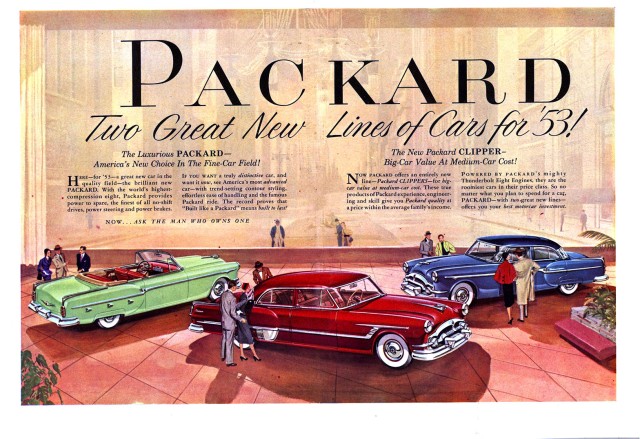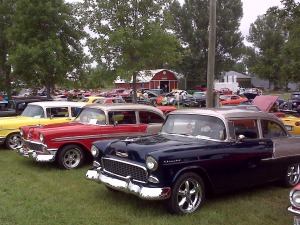Collector Car Insurance: The History of Lotus Part 1
Collector Car Insurance: The History of Lotus Part 1
Mention the brand Lotus around any sports car and racing enthusiasts and you will undoubtedly be met by a chorus of oos-and-ahs. Over the last 60 years Lotus has carved out a name for themselves among aficionados on and off the track as exemplary examples of British auto engineering and craftsmanship.
Founded in 1952 by engineer and motorsports enthusiast Anthony Colin Bruce Chapman, better known as Colin Chapman, and his friend Colin Dare, Lotus Engineering Ltd had lofty aspirations from the start. Chapman’s desire to create competitive race cars in the years after WWII drove him to produce his first road vehicles as a way of financing his racing ambitions. In 1954 Chapman emphasized his serious interest in motorsports vehicle production by founding a separated division for racing vehicle production. In 1959 Chapman created the Lotus Group which consisted of three separate entities: Team Lotus, Lotus Cars, and Lotus Components. Team Lotus which was completely designated to motorsports, while the Lotus Cars division would focus their efforts on road vehicle manufacturing, and Lotus Components emphasis was custom vehicle production.
Between 1954 and 1994 Team Lotus engineered and entered vehicles in many series, including Formula One, Formula Two, Indy Car and sports car racing. The team won a number of titles and accolades for speed and design becoming one of the most successful racing teams of all time. Simultaneously, Lotus’s early road cars were produced and purchased only as kit cars, which lasted through the late 1960’s. After which time the auto makers began work on their first fully assembled commercial vehicle. After a collaborating with Ford on the Lotus Cortina, a kit style racer featuring a Ford engine block with Lotus head and valve gear, Lotus released the Lotus Elan Type 2 which became that first Lotus road car not offered in kit form. The Elan Type 2 was modeled after the racing version of the same model. By the mid 1970’s Lotus was producing their renowned Eclat and Elite models as fully factory built vehicles.
To learn more about the history of Lotus read on here.
At Condon Skelly, we understand the importance of protecting your collectible, antique, classic, muscle and exotic cars is. That’s why we specialize in offering complete collector car insurance. We’re a group of collectors, enthusiasts, and professionals who specialize in insuring all types of collector vehicles. Our team is as passionate about protecting your vehicles as you are about collecting them. We can help you secure affordable, industry-leading specialty car insurance coverage to protect your classic, antique, or exotic vehicles. For more information, contact our collector car insurance specialists today at (866) 291-5694.






